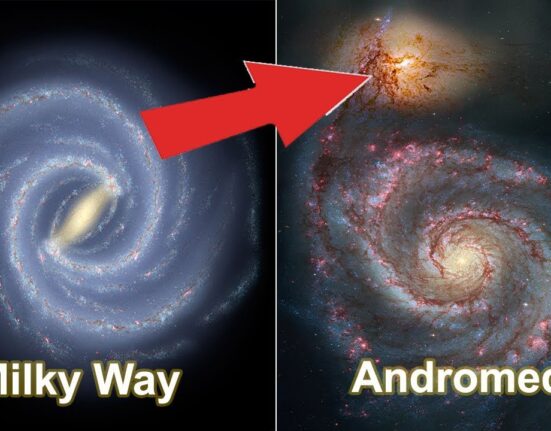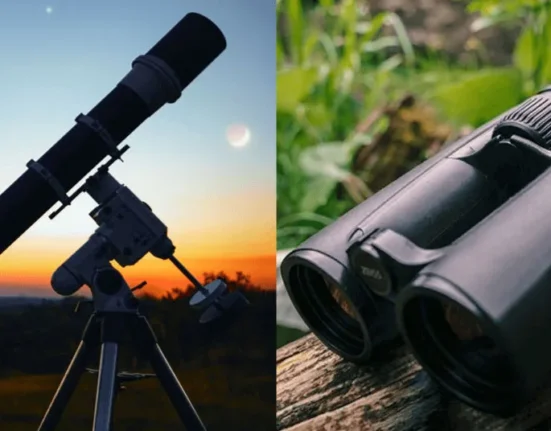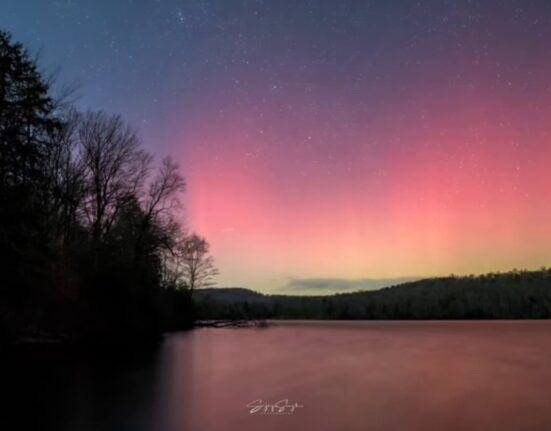In the vast expanse of the cosmos, hidden wonders await those with keen eyes and innovative tools. Imagine a ball of hydrogen gas, so immense that it dwarfs our solar system, shimmering with ethereal light in the far reaches of space. This is Eos, a molecular cloud recently unveiled by a team of scientists led by Dr. Blakesley Burkhart.
“This opens up new possibilities for studying the molecular universe,”
Eos, named after the Greek goddess of dawn, is not your average cloud – it’s a celestial giant rich in molecular hydrogen, the very essence that fuels star formation and sustains life in the vast cosmic tapestry. Unlike typical clouds detected through radio or infrared signals, Eos was discovered through its faint glow in far-ultraviolet light – a groundbreaking approach that sheds new light on the mysteries of interstellar space.
“The data showed glowing hydrogen molecules detected via fluorescence in the far ultraviolet.”
Nestled 300 light years away from Earth on the edge of the Local Bubble, Eos beckons astronomers to study its secrets up close. With a mass equivalent to 3,400 suns and a projected size spanning 40 moons across the sky, this cosmic marvel offers a unique opportunity to witness firsthand how stars and planets come into being amidst interstellar gases and dust.
“Our discovery of Eos is exciting because we can now directly measure how molecular clouds are forming.”
But why did Eos remain veiled from sight for so long? The answer lies in its enigmatic nature – predominantly composed of molecular hydrogen yet shrouded in darkness when it comes to conventional detection methods like carbon monoxide signatures. It took an innovative spectrograph aboard a Korean satellite to finally unveil this hidden gem lurking among the stars.
“The use of far ultraviolet fluorescence emission technique could rewrite our understanding of the interstellar medium.”
As scientists delve deeper into unraveling Eos’ mysteries, they are rewriting textbooks on cosmic evolution and challenging preconceptions about observing elusive elements like molecular hydrogen directly. From its ancient origins dating back to the Big Bang to its role in shaping galaxies over billions of years, each atom within Eos tells a story as old as time itself.
“It’s kind of wild that we can see this cloud in data that we didn’t think we would see.”
Looking ahead, Dr. Burkhart and her team envision expanding their search for similar molecular clouds using advanced technologies like NASA’s James Webb Space Telescope (JWST). By pushing boundaries and exploring both nearby formations and distant relics from cosmic dawn, they aim to piece together an intricate puzzle detailing how our universe came into existence.
In conclusion, as humanity peers deeper into the cosmos with each groundbreaking discovery like Eos, we are reminded that there is still much left unexplored beyond our familiar skies – waiting for intrepid explorers to uncover their hidden truths.








Leave feedback about this